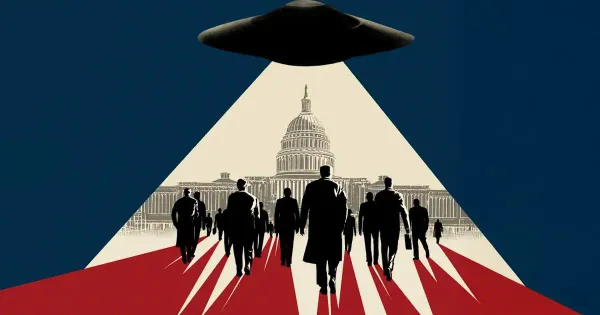The Pentagon is facing hard decisions about letting AI controlled drones take out enemies

Countries all over the world are working on creating weapons that can operate on their own. These weapons, like groups of robots in the air or on the ground, could be used to attack enemy positions in ways that regular soldiers can't. It looks like these weapons might become a reality soon.
A recent report from the Associated Press highlights the Pentagon's "Replicator" program. This program aims to speed up the Department of Defense's adoption of affordable, small drones equipped with artificial intelligence. The objective is to deploy thousands of these drone platforms by 2026. The report emphasizes that both officials and scientists believe fully autonomous weapons will soon be part of the U.S. military, but they emphasize the importance of having a human supervisor in control. The military is now grappling with the challenge of determining when and if it should permit AI to use deadly force.
Instead, governments are exploring ways to control or direct the use of artificial intelligence in warfare. The New York Times outlined various concerns, such as discussions between the United States and China to restrict the application of AI in relation to nuclear weapons, aiming to prevent a scenario akin to Skynet. Nevertheless, these discussions and suggestions face significant disagreement, with some arguing against any regulation and others advocating for very strict limitations. As the world approaches the reality of AI weapons, the legal guidance for their use in war remains uncertain on the global stage.
The U.S. military has been heavily involved with robotic, remote-controlled, and fully AI-operated weapons systems. Soldiers are currently learning how to defend against drone swarms, using advanced anti-drone technology and traditional methods. Additionally, the U.S. Navy has remotely controlled vessels, and the Air Force is exploring the idea of using remote-controlled aircraft as companions. Earlier this year, the leader of the Air Force’s AI Test and Operations initially claimed that an AI-controlled drone attacked its human operator in a simulation, but the Air Force later retracted that statement.
The conflict in Ukraine has witnessed a widespread use of various unmanned vehicles, ranging from sea vessels to UAVs, with many being hobbyist or commercial models operated by ground troops. The possibilities for both offensive actions and reconnaissance make these technologies and their ongoing advancement a significant focus for militaries globally.
Thanks for visiting Our Secret House. Create your free account by signing up or log in to continue reading.





